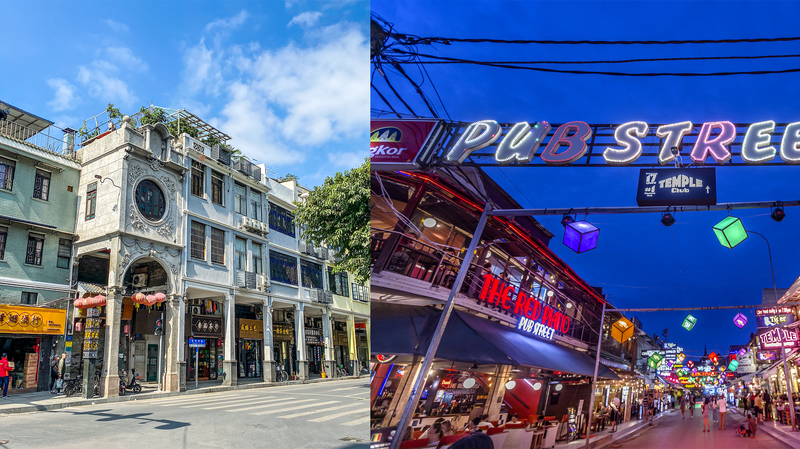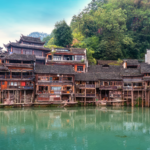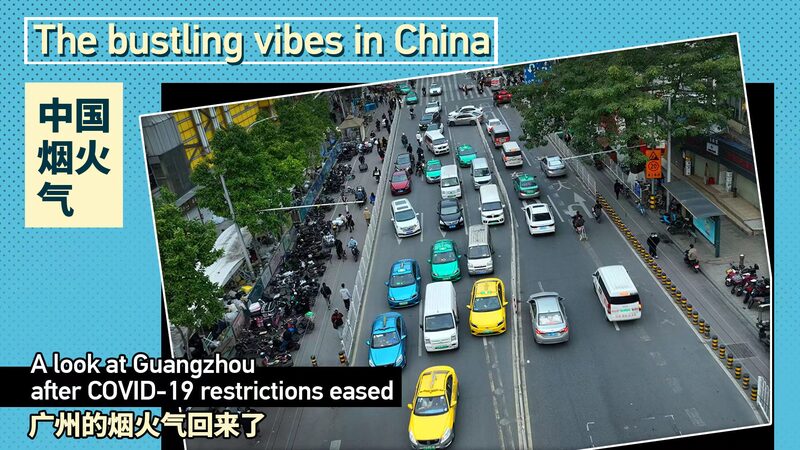In the heart of Guangzhou, a bustling metropolis in south China's Guangdong Province, history and modernity collide under the shade of qilou buildings 🏚️. These iconic arcaded structures, born over a century ago, are more than just eye-catching facades—they're vibrant hubs where shopkeepers trade beneath arched walkways and families live upstairs. Blending Eastern craftsmanship with Western colonial styles, qilou reflects the city’s rich Cantonese heritage and global connections.
Across Southeast Asia, Siem Reap—gateway to Cambodia’s ancient temples—offers its own urban tapestry 🛕. Colonial-era shophouses mingle with contemporary cafes, creating a dynamic streetscape fueled by tourism and tradition. For young travelers and culture enthusiasts, these cities are living museums where every alleyway whispers stories of resilience and reinvention.
What makes these streets truly special? Adaptability. Qilou’s shaded corridors shelter pedestrians from rain and sun ☔🌞, while Siem Reap’s hybrid spaces host both family-run markets and Instagrammable artisan studios. It’s urban design that prioritizes people over cars, community over isolation—a lesson cities worldwide could learn from.
So next time you wander through Guangzhou’s Shangxiajiu Pedestrian Street or Siem Reap’s Pub Street, remember: you’re not just sightseeing. You’re stepping into a living dialogue between past and future 🌍✨.
Reference(s):
cgtn.com







